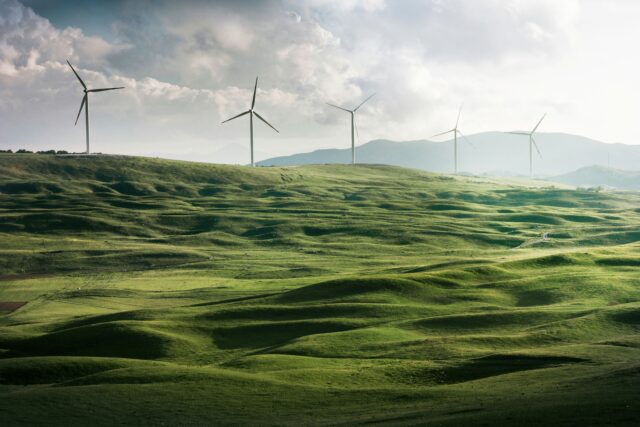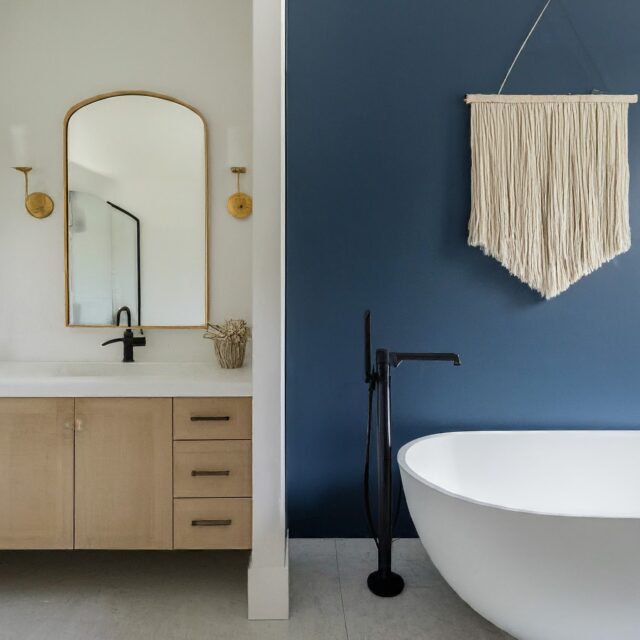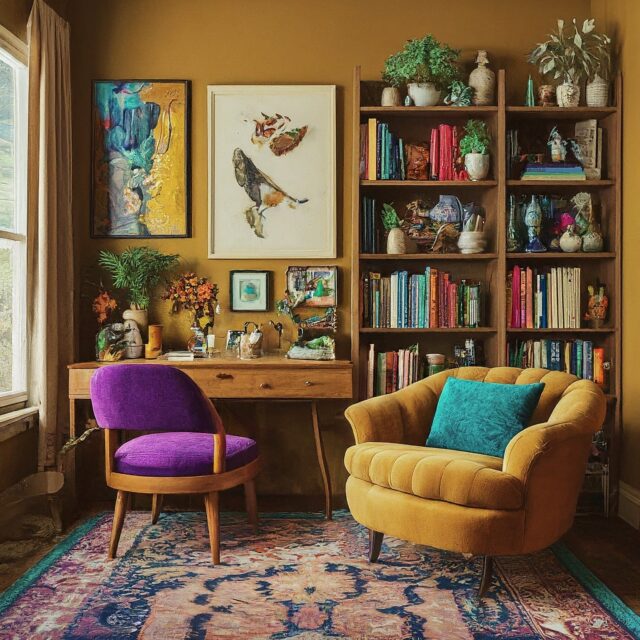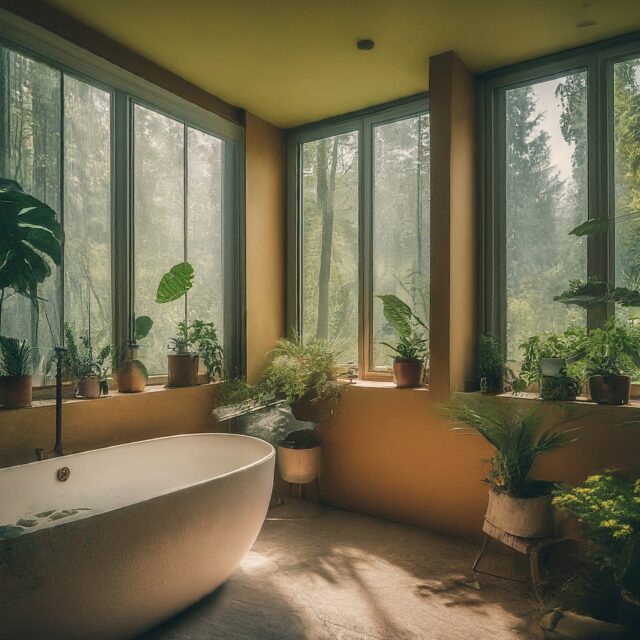The Rise of Sustainable Materials in Interior Design: A Shift Toward Eco-Conscious Practices
The interior design industry is evolving, adapting to a stronger focus on sustainability and environmental care. Notably, the American Society of Interior Designers (ASID) has reported a growing preference among consumers for spaces that are both aesthetically pleasing and environmentally conscious. This shift towards sustainability is influencing everything from the selection of materials to how projects are conceptualized and executed. As clients and designers increasingly prioritize eco-friendly and ethically sourced materials, we’re seeing a significant change in the industry’s approach.
Many consumers are now prioritizing sustainability as a guiding principle in their purchasing decisions, seeking out businesses and brands that demonstrate stewardship of the planet. This shift has led interior designers to embrace sustainable materials such as natural stone, cork, reclaimed wood, and low-VOC paints, which not only reduce environmental impact but also contribute to healthier living environments.
Trends Driving Sustainable Design
ASID’s identification of key sustainability trends emphasizes the industry’s response to eco-conscious living. These trends include a demand for energy-efficient features in homes, materials that foster a connection with the natural world, and wellness-centric hospitality designs. Such insights underline the necessity of integrating sustainable practices throughout the design process, reinforcing the choice of ethically manufactured materials and eco-friendly innovations as central to modern aesthetics and functionality.
Practical Applications and Material Innovations
The practical application of sustainable materials spans various project types, from residential to commercial and hospitality. Designers are increasingly leveraging bamboo, recycled aluminum, eco-friendly textiles, and other sustainable materials to craft spaces that are environmentally responsible and aesthetically pleasing. The emphasis on durability, recyclability, and health benefits marks a shift towards a more considered approach to interior design, where sustainability is a key factor in every decision.
Advantages of Embracing Sustainable Design
Incorporating sustainable materials into interior design projects offers multiple benefits beyond environmental preservation. These include improved air quality, increased energy efficiency, and significant waste reduction. Sustainable design practices also align with a growing desire for spaces that promote wellness and comfort, reflecting a deeper consumer interest in living and working environments that are healthy and sustainable.
Transitioning to sustainable materials has its challenges, including higher costs, limited availability of ethically sourced materials, and the risk of greenwashing. Nonetheless, the future of interior design (and the world) is promising, with an expanding market for sustainable products and a professional commitment to environmentally friendly practices. As the industry continues to innovate and evolve, the integration of sustainable materials is set to become even more prevalent, shaping a future where design not only meets aesthetic and functional needs but also embodies our collective responsibility towards the planet.
Resources: I+S, Spark Interiors, Unsustainable Magazine






